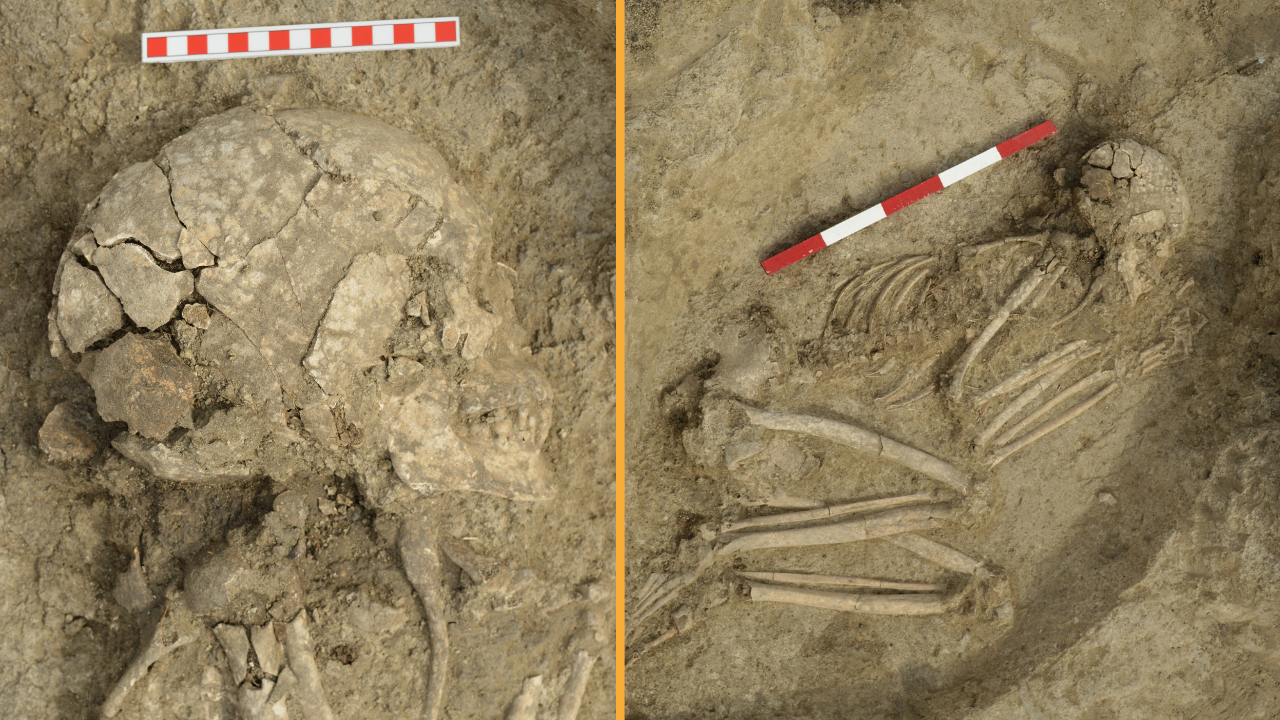Steps of First Native Americas Traced From the Arctic
A new analysis of the genetics of people living near the arctic is helping researchers understand how Native Americans made their way south from the polar region. Those that moved on left their genes behind, the researchers found.
The researchers were looking for pieces of DNA that were shared between different groups of people living in the arctic circle to find how they might have historically interacted and interbred during the last several thousand years.
"These studies inform our understanding of the initial peopling process in the Americas, what happened after people moved through and who remained behind in Beringia," another name for the land near the Bering land bridge, study researcher Theodore Schurr, of the University of Pennsylvania, said in a statement.
The researchers used these clues to determine how humans migrated to and settled in North America as long as 20,000 years ago, after crossing the land bridge from Russia. Their findings confirm theories from linguists who analyzed the spoken languages of these circumarctic populations.
This is the first analysis of the genetics of these groups on a population-wide scale. The study of the Haida and Tlingit communities of southeastern Alaska was published May 1 in the American Journal of Physical Anthropology, and the study of three groups in the Northwest Territories of Canada was published May 14 in the journal Proceedings of the National Academy of Sciences.
The Haida and Tlingit tribes have similar material cultures, the researchers said. "They share potlatch, or rituals of feasting, totemic motifs and a type of social organization that is based on matrilineal clans and moieties," Schurr said.
Though culturally similar, the two tribes were quite genetically distinct from one another, the researchers said. Comparing the DNA from the Tlingit and Haida with samples from other circumarctic groups further suggested that the Haida had been relatively isolated for a significant period of time.
Get the world’s most fascinating discoveries delivered straight to your inbox.
They could even see the culture's matrilineal society in their DNA, the researchers said: "Part of what we were interested in testing was whether we could see clear genetic evidence of that social practice in these groups," Schurr said. "In fact, we could, demonstrating the importance of culture in molding human genetic diversity."
The other paper expands this view of circumarctic peoples to closely consider the genetic histories of three groups that live in the Canadian Northwest Territories: The Inuvialuit, the Gwich'in and the Tlicho. The researchers analyzed mutations and short stretches of DNA, which unveiled several new branches of the family tree of circumarctic groups.
One marker, found in the Inuvialuit but not the other two groups, suggests that this group arose from an Arctic migration event somewhere between 4,000 and 8,000 years ago. "If we're correct, [this lineage] was present across the entire Arctic and in Beringia," Schurr said. "This means it traces a separate expansion of Eskimo-Aleut-speaking peoples across this region."
"Perhaps the most extraordinary finding to come out of these two studies is the way the traditional stories and the linguistic patterns correlate with the genetic data," Spencer Wells, a researcher from the National Geographic's Genographic Project, which participated in the projects. "Genetics complements our understanding of history but doesn't replace other components of group identity."



